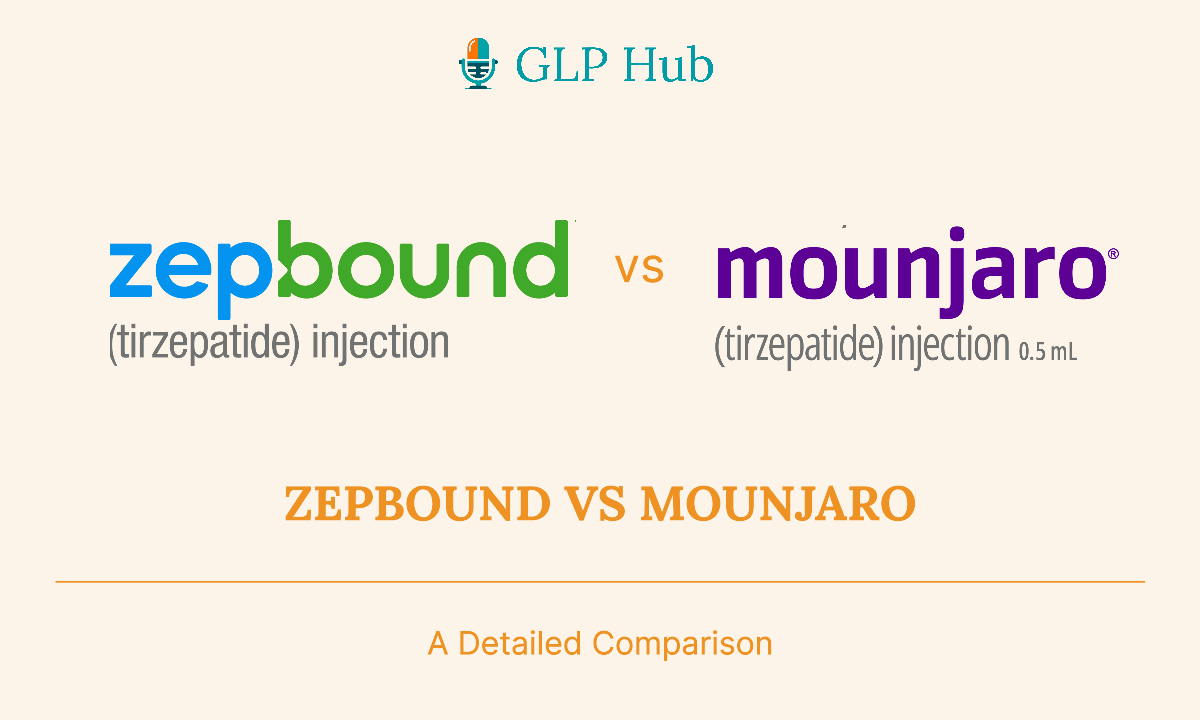Wouldn’t a rose tirzepatide by any other name smell just as sweet? Eli Lilly is hoping it’s sweeter.
Eli Lilly is adopting a unique marketing approach for its drug tirzepatide, known as Mounjaro for type 2 diabetes and newly named Zepbound for weight loss, following FDA approval for the latter.
This dual naming strategy is a departure from the typical practice in the pharmaceutical industry, as seen with competitors like Novo Nordisk’s Ozempic and Wegovy, which have different strengths for their respective uses.
The decision to market the same medication under two names for different indications reflects Eli Lilly’s targeted approach to address the specific needs of distinct patient groups. While the European Medicines Agency also recommended the weight loss indication for Mounjaro, it did not require a separate name, highlighting the difference in marketing strategies between the U.S. and Europe. The choice of different names for tirzepatide in the U.S. market underscores the complexities of pharmaceutical branding, especially considering the influence of direct-to-consumer advertising.
Eli Lilly’s strategy with tirzepatide demonstrates a nuanced understanding of market dynamics and patient perception. Marketing the drug as Zepbound for weight loss and Mounjaro for diabetes allows for clear differentiation and targeted communication to each patient group.
This decision might also be influenced by Eli Lilly’s previous experience with Cymbalta, where a single brand name for multiple indications led to market confusion.
The dual naming approach aligns with the unique characteristics of the U.S. pharmaceutical market, where direct-to-consumer advertising significantly impacts brand perception and consumer behavior. This strategy is less relevant in Europe, where drug promotion is primarily directed towards healthcare professionals.
The decision to use two names for tirzepatide in different indications is a calculated move, highlighting the significance of strategic branding in the pharmaceutical industry.
Our Take:
The dual naming strategy of Eli Lilly for tirzepatide, with Zepbound for weight loss and Mounjaro for diabetes, suggests a growing trend in pharmaceutical marketing towards more segmented and targeted approaches. This could lead to a paradigm shift in how pharma companies brand and market drugs with multiple indications, particularly in markets like the U.S. that allow direct-to-consumer advertising. This approach may encourage other companies to explore similar strategies, leading to more personalized marketing efforts. It also opens up avenues for investment in branding and advertising expertise tailored to the pharmaceutical sector’s unique needs, impacting both the biotech and investment landscapes.





